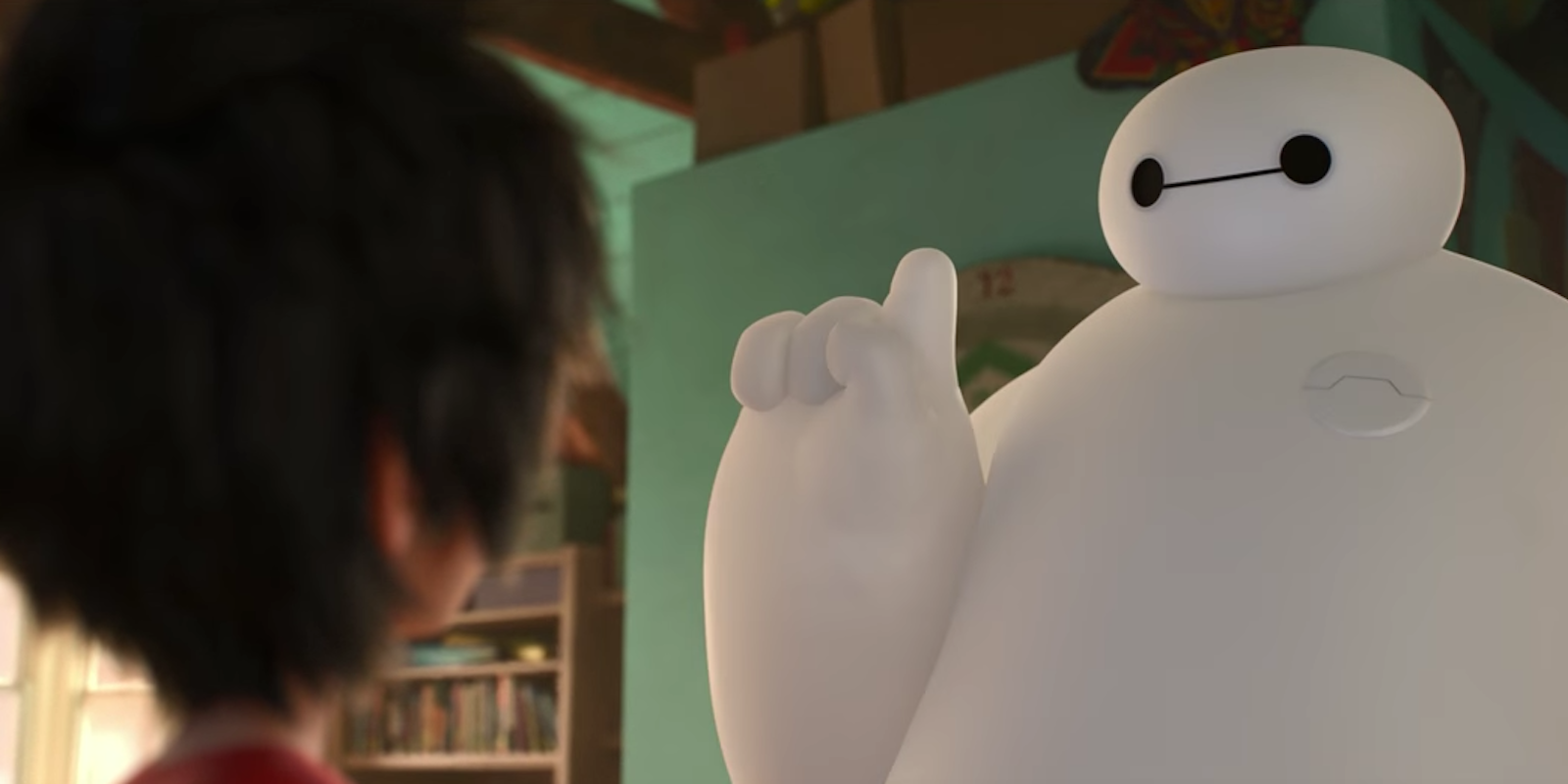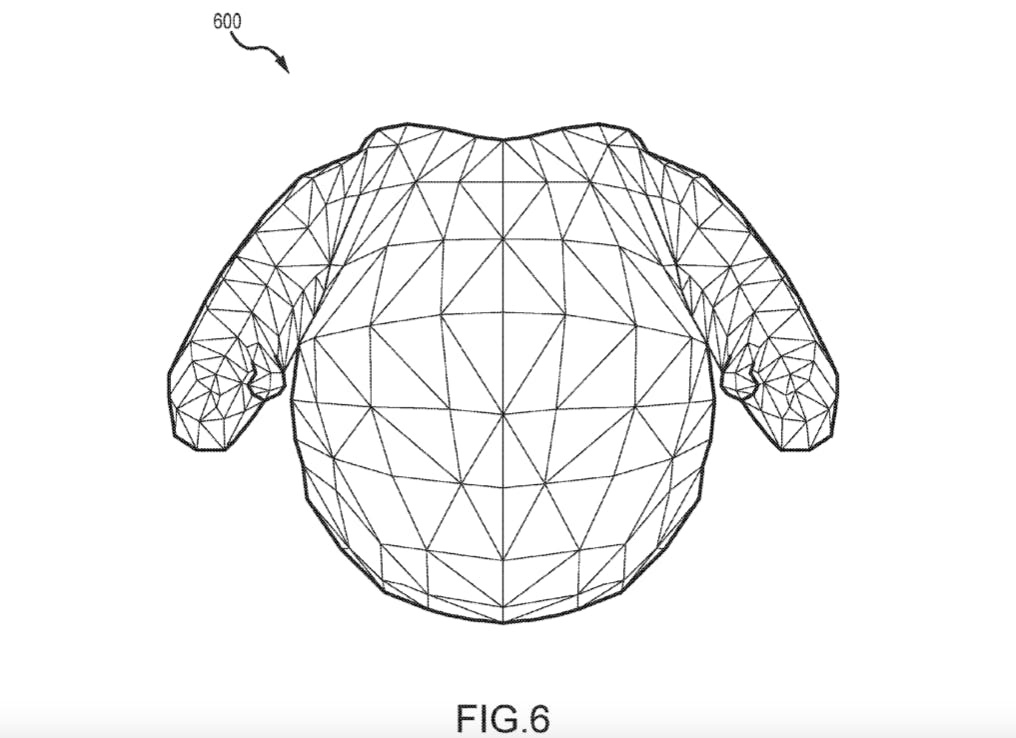Disney knows how to tug at our heartstrings with lovable onscreen robots like Wall-E and BB-8. According to a recently filed patent application though, the Star Wars-owning conglomerate may be moving from the big screen to the real world with such characters.
The patent, titled “Soft Body Robot for Physical Interaction with Humans,” describes a plush robot that would reduce “collision impacts” during human interaction. Encasing the bot in a soft skin or a soft body would ensure the safety of humans playing with the toy. It would also protect the robot’s internal hardware from damage. (Realistically speaking, “kids” and “careful” aren’t too words that typically go together.) One way Disney could accomplish this is through air-filled spaces that also house pressure sensors. This would allow for “full body sensing,” and a human could communicate with the robot through touch.
One of the patent images diagrams what the exterior of the robot could look like. For those familiar with Disney canon, it looks vaguely like Baymax, the inflatable robot from the movie Big Hero 6.
This wouldn’t be the first time Disney has transformed one of its robotic characters from onscreen personality to real-world toy. With the launch of Star Wars: The Force Awakens, the company partnered with Sphero to create an adorable pint-sized version of the orange and white, ball-like BB-8. You can control Sphero’s BB-8 robot with a smartphone app, and like its onscreen counterpart, its spherical torso offers excellent mobility.
Disney has also developed non-movie-related robots in the past. For example, in late 2015, we learned about a wall-climbing robot called VertiGo, and a sand-art-making robot called Beachbot.
Even so, it’s entirely likely that Disney may never act on the technology described in this patent application. Big Hero 6 is nearly three years old now. The patent could merely be an IP move. If granted, robotic toy makers may have to pay Disney royalties if they want to use these techniques. It’s also possible, however, that Disney could use it in a future toy robot to go along with a future movie. Star Wars Episode VIII, anyone?
H/T CNN Money



